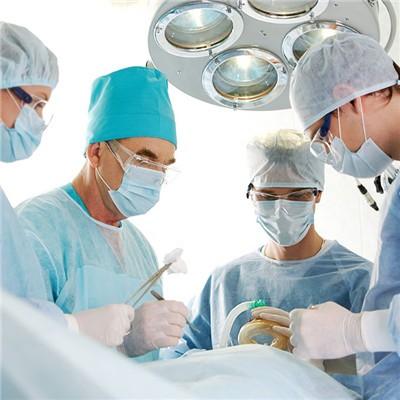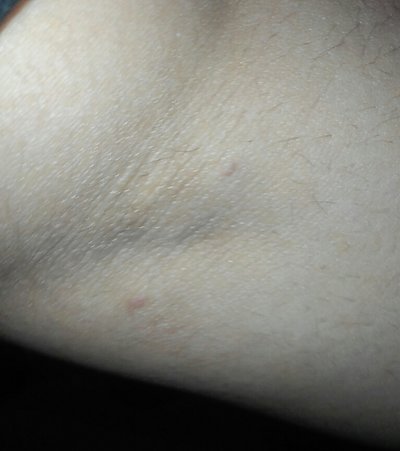What is the congenital malformation of kidney?
summary
Congenital malformation of kidney is rare in clinic, including abnormal number, size, shape and position of kidney. The common types are solitary kidney, duplicate kidney, horseshoe kidney and ectopic kidney, which are often misdiagnosed and mistreated. What is the congenital malformation of kidney? Let's talk about it
What is the congenital malformation of kidney?
Ectopic kidney is the result that the kidney does not reach the normal position during embryonic development. Its types include: ① crossed ectopic kidney: one side of the kidney is located on the opposite side, and the blood vessels and ureters are located on the original side, all accompanied with malrotation (can be divided into fusion type and non fusion type)
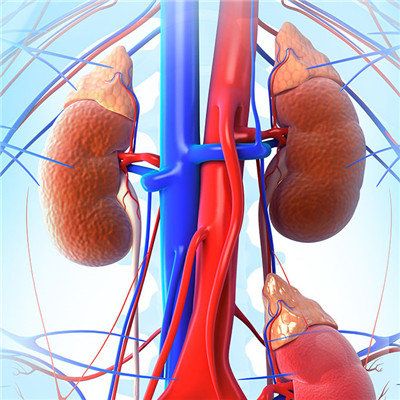
Duplication of kidney is the most common urinary malformation. The clinical manifestation depends on the location of ectopic ureteral orifice and the presence of complications. When the opening is above the neck of bladder, there is no urinary incontinence and no obvious clinical symptoms in the early stage; When the opening is located under the bladder neck, the baby will have symptoms, which are more common in female infants. It is characterized by normal urination and dripping urinary incontinence. Therefore, the child can be easily diagnosed early.
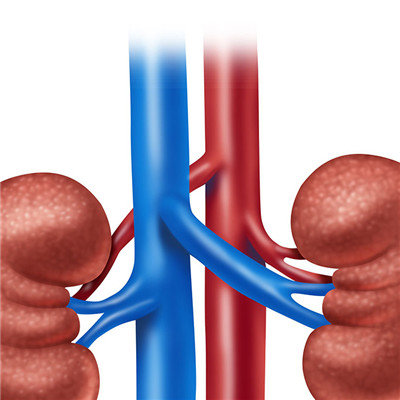
Horseshoe kidney is a common type of fusion kidney. Its sonographic features are: ① abnormal long axis of both kidneys (dorsal projection); ② The isthmus of the horseshoe kidney is located in the middle, in front of the abdominal aorta, which is similar to retroperitoneal hypoechoic mass or enlarged lymph nodes. This disease often brings difficulties to inexperienced ultrasound doctors and easily leads to misdiagnosis (Note: in fact, this is the "isthmus" of the horseshoe kidney, which is a direct sign); ③ CDFI is helpful to show two independent renal hilum and its blood vessels (renal artery and renal vein).
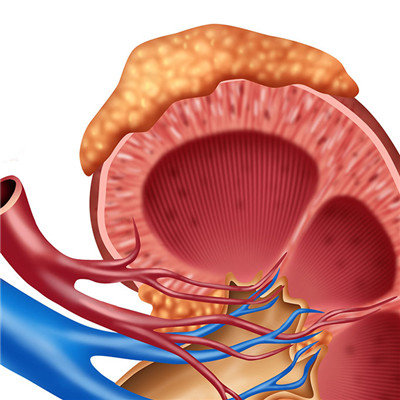
matters needing attention
The treatment of congenital malformations is mainly surgical treatment, reducing the incidence rate of congenital malformations, changing the concept of pre production health care before the production, perfecting the pre pregnancy screening system, popularizing prenatal ultrasound diagnosis, screening prenatal screening, and forming a national pre pregnancy health care module, so as to achieve early detection and early treatment.





